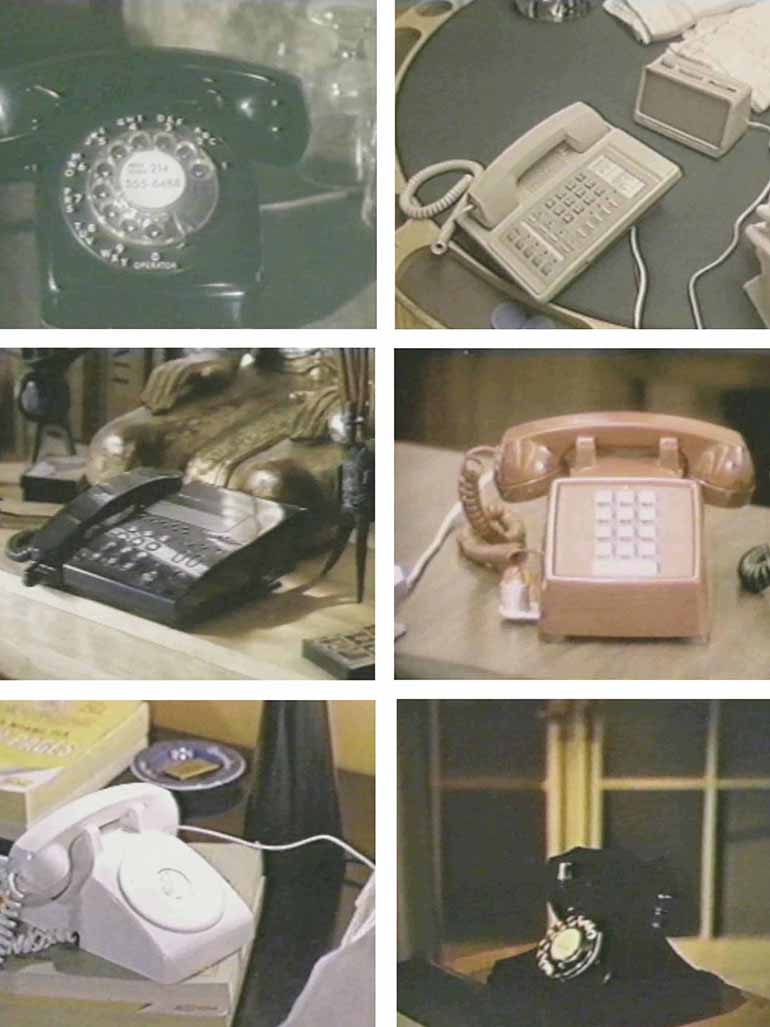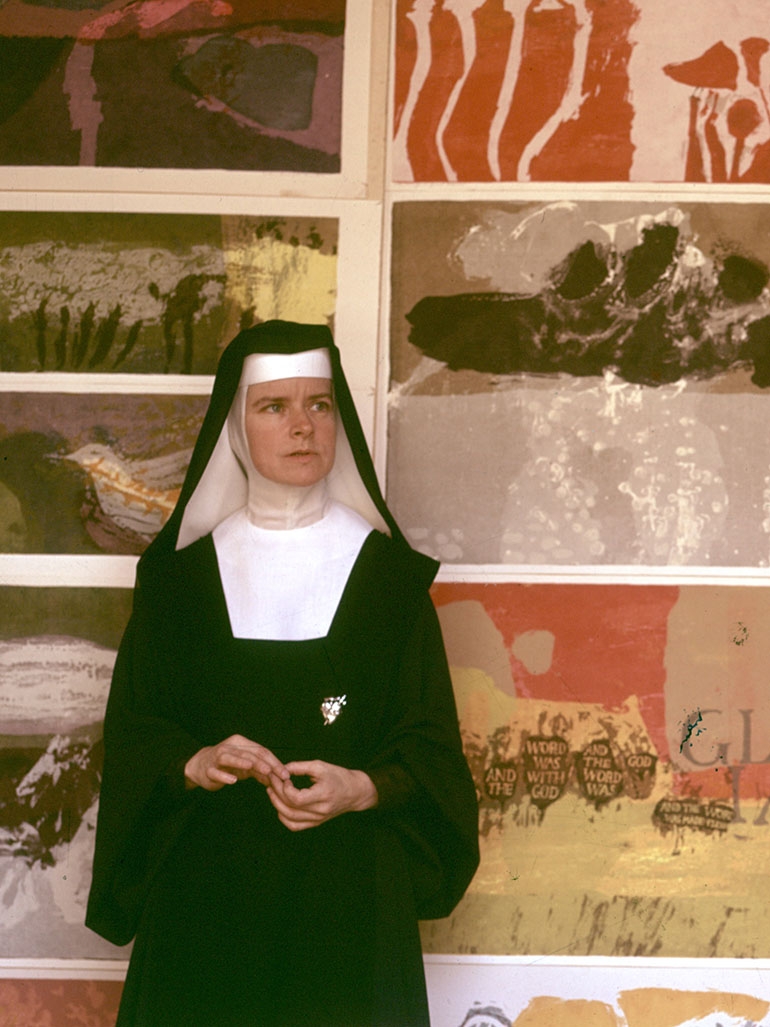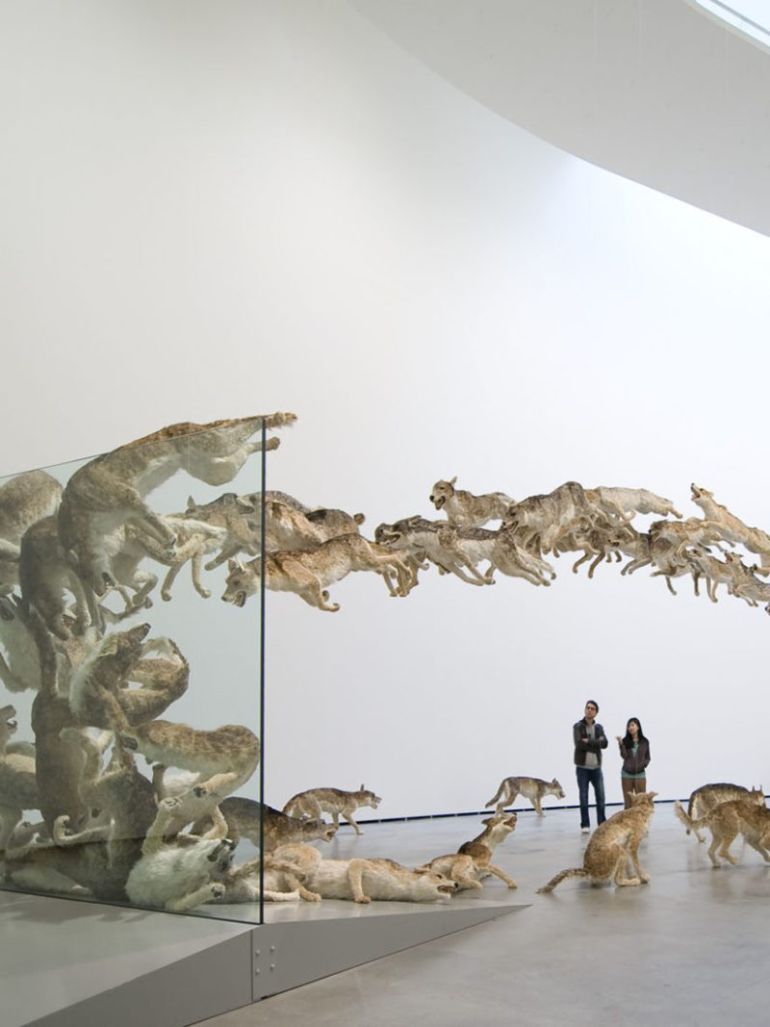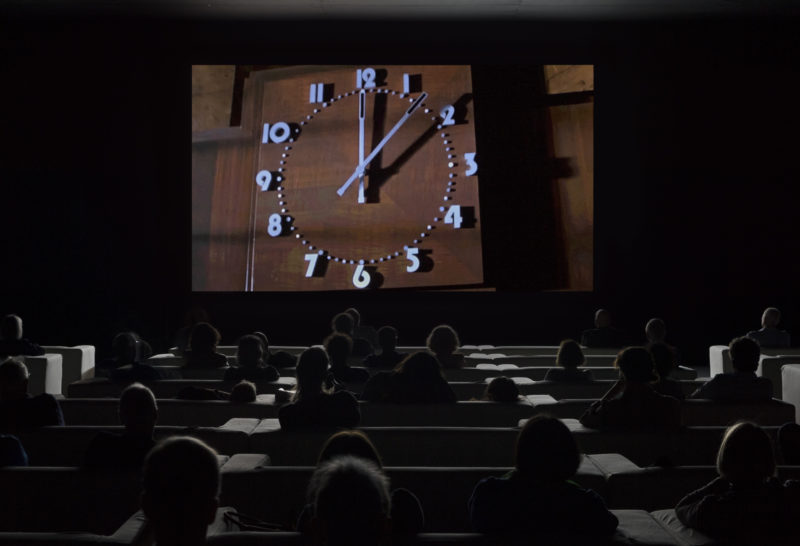
Introduction
Consisting of hundreds of Hollywood film clips depicting time in real-time as it plays, Christian Marclay’s 1 The Clock was quite revolutionary at its release. The 24-hour montage of film and TV clips featuring clocks and watches was designed to be functional in that it actually told the time. As a result, visitors were led through a long and enduring history of cinema.
The Clock, 2010
The Clock was an instant hit from the first day it was exhibited at the White Cube gallery located in London back in 2010. According to instructions given by Marclay, The Clock can be shown by any gallery in the world, just as long as overnight screenings are held.
The Clock is a deeply relevant work that can allow the audience to dig deeper in search of hidden meanings and overnight screenings provide individuals with the chance to spend more time exploring the piece.
Video: Christian Marclay – Discussing The Clock
3 min 5 sec
Composition
Composition
Marclay was inspired to begin working on The Clock while working on his 2005 installation known as Screen Play. The 24-hour film The Clock was a moving collage created from excerpts of hundreds if not thousands of movie clips that featured various timepieces. Footage for the installation was acquired from an assistant that worked at a technology center nearby.
The timepieces included were varied to consist of pocket watches and clocktowers, all of which had been synchronized to tell the actual time. The entire composition of clips highlighted Marclay’s editing skills in incredible ways. The film was edited over a period of three years.
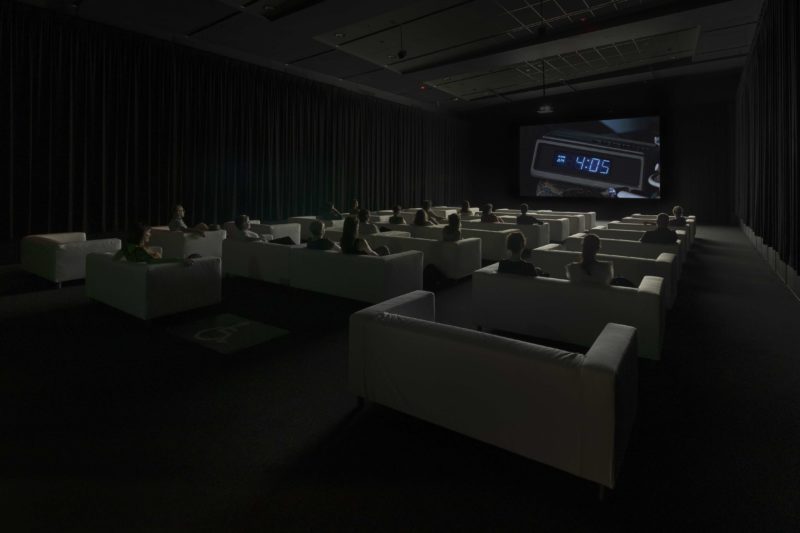
Availability
So far, it is impossible to find the full movie online for streaming, nor is it available for download. The Clock. With the running time of a DVD in a standard bitrate of 120min, the film is way too long to fit on a disc.
List of films
A comprehensive list of films can be found here 23 (appearing television series are excluded), on this crowd-sourcing page 45. Both lists are incomplete but list hundreds of movies.
Analysis
Watching a clock for 24 hours may sound like an impossible task to endure for many individuals. However, the thing about The Clock is that it is somehow strangely addictive, and audiences often find themselves staring at the installation and staying much longer than expected. The exhibition features time as the primary subject, yet while experiencing it, visitors often lose track of time, which is ironic in many ways.
The most challenging part
The least seen portion of the installation commenced at 3 a.m. and ended at 5 a.m. According to the artist, this was the trickiest portion of the installation to create because there simply weren’t as many clips available. However, this is also the time period when the effect was most profound for those who managed to make it to the wee hours.
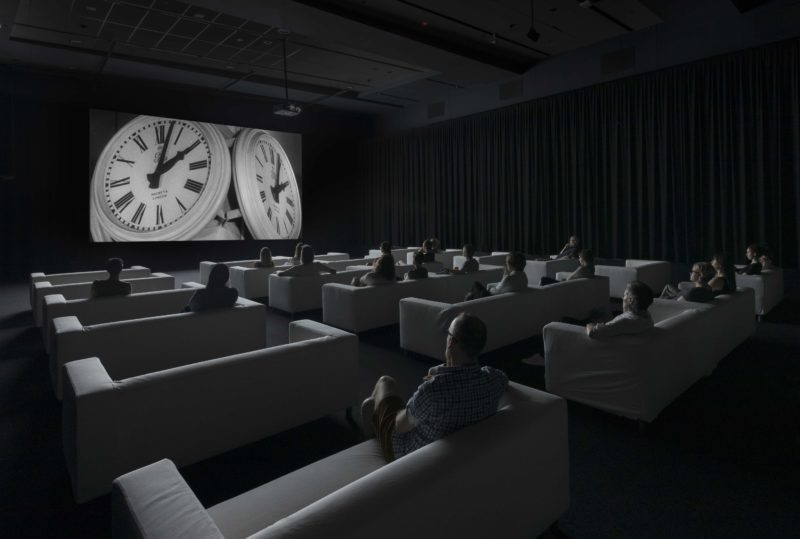
photo: Mark Ashkanasy/acmi.net.au
Conclusion
The 24-hour film pays homage to time in more than one way. The classic clips used helped mark the social, political, and economic changes in fashion, design, and architecture over time.
